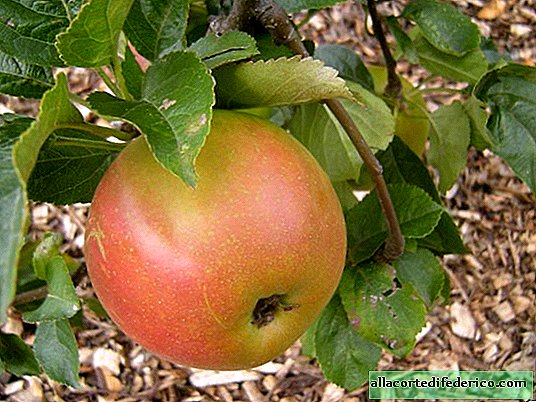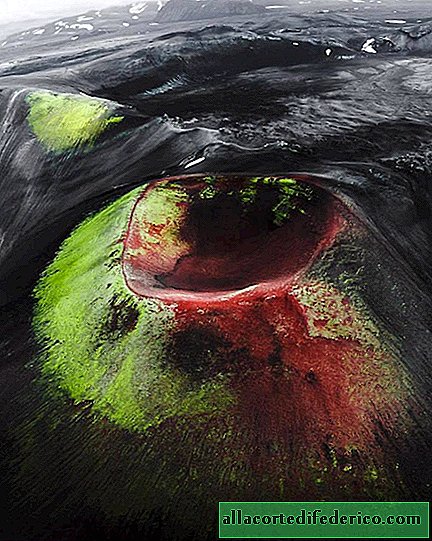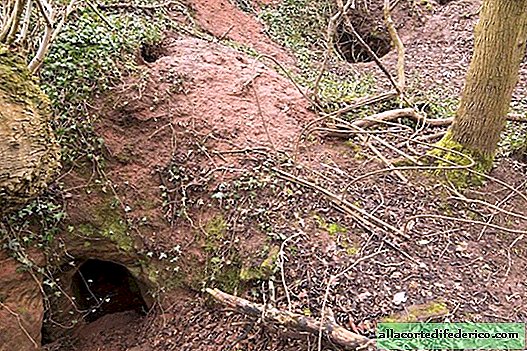How a man fell in love with apples, and what does the Silk Road have to do with it
Today, apples are perhaps the most common fruit on the planet - there are 7,500 of them. The apple fell on Newton’s head, the skillful shooter William Tell aimed at him, as Steve Jobs called his company ... Even one of the main biblical stories is connected with the apple. But thousands of years ago, homemade apples were only in a small area of modern Kazakhstan. And nowhere else in the world were they anymore! To whom should apples say thanks for their climb to the top of the fruit Olympus? Great Silk Road! Now we will tell you how it was.
Kazakhstan traveler
Centuries ago, the ancient caravans of the Great Silk Road contributed to political and economic openness between the peoples of Eurasia. But also along these routes, different countries exchanged a variety of goods and, as it turned out recently, also apple seeds. Such an exchange has led to the emergence of more than 7,500 varieties of apples that we can enjoy today. But first things first.

In the photo: Malus sieversii
As often happens recently, the discovery was facilitated by genetic research. Scientists from several countries studied the genes of 117 different varieties of apples, including the modern domesticated Malus domestica apple and 23 wild species from North America, Europe and East and Central Asia.
As a result of the study, a comprehensive map of the evolutionary history of the apple appeared. Judging by it, the usual apple Malus domestica originated from the Central Asian wild apple Malus sieversii with the addition of wild varieties along the Silk Road route, along which these apples were delivered west to Europe.

In the photo: How apples spread around the world
At the same time, it was possible to indicate a more accurate place of origin of the world's first domesticated apples. This is not just Central Asia, but a very specific territory west of the Tien Shan Mountains, where modern Kazakhstan is today.
Sourness is nowhere
The most interesting thing is that all these processes of selection and the emergence of new varieties began without much effort on the part of people. They simply ate apples on the road along the Silk Road to the west, throwing stubs, and trees sprouted from abandoned seeds, crossing with wild varieties of apple trees.

In the photo: Malus sylvestris
Among these "additions" to the Kazakhstan apple was the incredibly sour wild European variety Malus sylvestris. In addition to high acidity, these apples are very small, soft and generally not particularly liked by people. But, apparently, the crossing of two varieties gave an incredibly successful combination of tastes. Studies have shown that M. sylvestris is so widespread in the apple genome that modern varieties actually look more like it than their Kazakh ancestor, M. sieversii.
At some point, people became interested in apples and began to create new varieties themselves, combining tastes and other characteristics. Modern apples are larger, fuller in taste and have a crisp hardness, so they are stored longer. They also have a higher and more balanced content of sugar and organic acids.

Based on materials from Sciencedaily.com

















